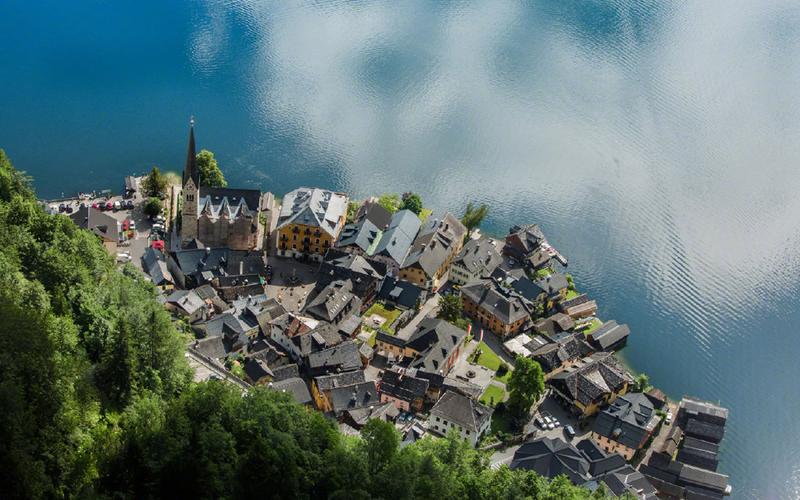Preserving the Legacy: The Importance of Cultural Heritage Conservation in Jodhpur
India is a country that is known for its rich and diverse cultural heritage. It has a history that spans over several millennia and is one of the oldest civilizations in the world. Rajasthan in India is known for its unique heritage and historic monuments. Jodhpur, one of the largest cities of the state, is home to many historic palaces, forts, and temples. The city’s cultural heritage is a crucial part of India’s heritage and requires preservation.
The Need for Conservation
The cultural heritage of Jodhpur is under constant threat of being destroyed by natural disasters, urbanization, and neglect. The city’s historic buildings and monuments are deteriorating due to sand erosion, water damage, and pollution. Preservation is necessary to safeguard and maintain them for future generations. The cultural heritage of a place not only tells us about the history of a region, but it also carries the traditions, beliefs, and values of a community. Preserving Jodhpur’s cultural heritage is essential to maintain its identity, promote tourism, and help in the city’s socio-economic development.
Methods of Conservation
Conservation of cultural heritage requires a multifaceted approach that includes documentation, research, restoration, and awareness programs. The first step in conservation is documentation, which involves recording every aspect of a monument or building. It helps in understanding its history, architecture, and cultural significance. Research is another crucial aspect of conservation, which helps in finding ways to preserve the building or monument. Restoration involves repairing and strengthening the structure while preserving its original form. It is done using traditional methods and sustainable materials. Awareness programs are essential in educating people about the importance of cultural heritage and its preservation.
Examples of Cultural Heritage Conservation in Jodhpur
The Mehrangarh Fort, one of the largest forts in India, is an excellent example of cultural heritage conservation in Jodhpur. The fort underwent extensive restoration work as part of a five-year project that was completed in 2013. The restoration not only preserved its architecture but also included the construction of a visitor center, museum, and a library.
The city’s Stepwells, also known as Baoris, are another example of cultural heritage conservation. These stepwells were constructed to store water and provide a place for people to rest during hot summers. Many of these were abandoned over time and were falling into disrepair. However, several restoration projects have enabled their revival, and the stepwells are now popular tourist attractions.
Conclusion
The cultural heritage of Jodhpur is an integral part of its identity and a reflection of India’s rich and diverse cultural heritage. The conservation of this heritage is necessary to retain Jodhpur’s character, promote tourism, and help in its socio-economic development. The methods of conservation include documentation, research, restoration, and awareness programs. The success of cultural heritage conservation in Jodhpur, such as the Mehrangarh Fort and Stepwells, is proof of its importance. It is time to take the necessary steps to preserve and protect the cultural heritage of Jodhpur for future generations.
(Note: Do you have knowledge or insights to share? Unlock new opportunities and expand your reach by joining our authors team. Click Registration to join us and share your expertise with our readers.)
